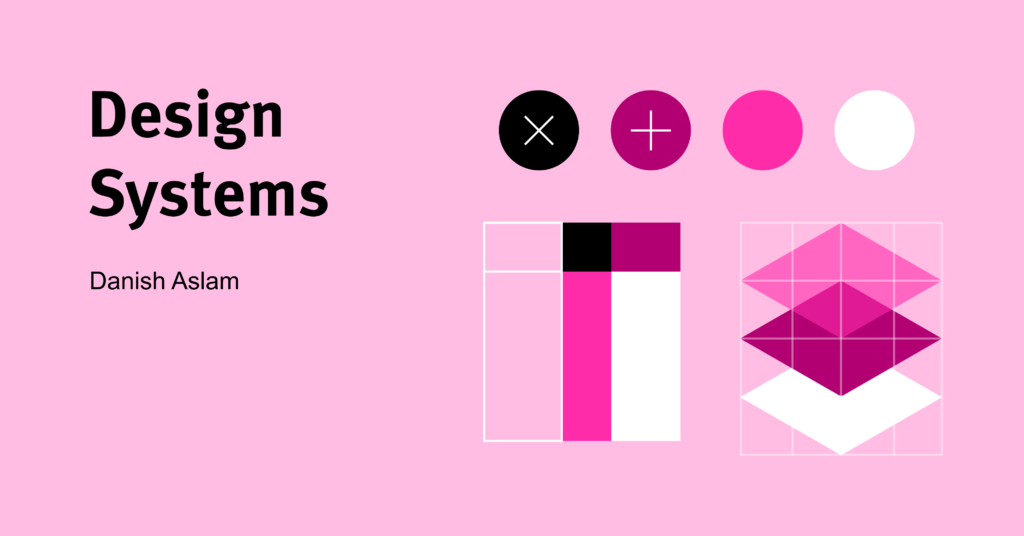
Design systems have become an increasingly important tool in product design. They help maintain consistency across different products and design projects, reducing the amount of time designers spend on design tasks and providing a more seamless experience for users. In this post, we’ll explore what design systems are, their benefits, and how to create and use them effectively.
What is a design system?
A design system is a collection of guidelines, principles, and assets that help designers create consistent and cohesive designs across a range of products or projects. It includes elements such as typography, color palettes, iconography, and more. Design systems provide a foundation for creating user interfaces that are consistent and easy to use. They help maintain the brand’s visual identity and ensure that users have a seamless experience across different devices and platforms.
The benefits of using a design system
Using a design system provides several benefits to product designers. It makes it easier to maintain consistency across different products and projects, reducing the amount of time spent on design tasks, and providing a more seamless experience for users. A design system can help improve the quality of the final product and reduce errors. It can also make it easier to work collaboratively across teams.
Examples of successful design systems
Some of the most well-known companies have implemented successful design systems. Google’s Material Design is an excellent example of a design system that has helped the company maintain consistency across all of its products. Apple’s Human Interface Guidelines and Salesforce’s Lightning Design System are two other successful examples. These design systems have helped these companies maintain consistency and improve user experience.
Creating a design system
Creating a design system involves several steps. First, you need to identify the core elements of the system. This includes defining the visual style and brand identity, selecting a color palette, typography, and iconography. Second, you need to define the design principles and guidelines that will guide the use of these elements. Third, you need to create design assets, such as templates, UI components, and other visual elements. Finally, you need to document the system to ensure that all team members are on the same page.
Using a design system effectively
To use a design system effectively, it is essential to ensure that the system is flexible enough to accommodate different products and use cases. You should regularly update the system to reflect changes in design trends and user needs. It is also essential to provide clear documentation and guidance on how to use the system, including best practices, dos and don’ts, and design patterns. Additionally, it is crucial to communicate the benefits of the design system to all team members and stakeholders to ensure that everyone is on the same page.
The future of design systems
Design systems are likely to continue to evolve in the future. They will become more automated and intelligent, enabling designers to create new products more efficiently. As artificial intelligence and machine learning become more prevalent, design systems will likely become more dynamic and adaptable, responding to changing user needs and design trends in real-time.
In conclusion, design systems are an essential tool in product design. They help maintain consistency across different products and design projects, reduce the amount of time designers spend on design tasks, and provide a more seamless experience for users. Creating and using design systems effectively can help improve the quality of the final product, reduce errors, and make it easier to work collaboratively across teams. As design systems continue to evolve, they will become even more critical to product design, enabling designers to create more efficient and effective products.


